What’s 200 Feet Beneath Central Austin? A Billion-Dollar Tunnel You Can’t Afford to Ignore
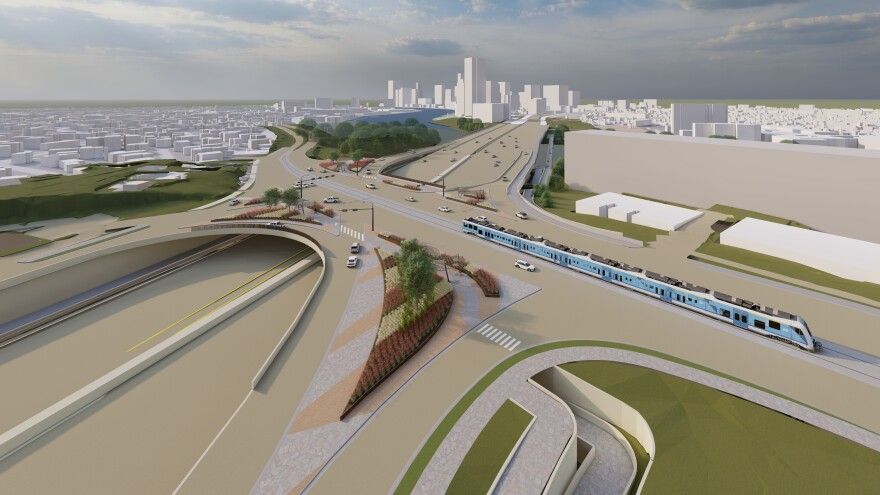
TL;DR:
A massive underground drainage tunnel is being built beneath I-35 and East Cesar Chavez to prevent flooding as TxDOT lowers the highway through Central Austin. Two German-made boring machines will carve 6.5 miles of tunnel starting in 2026. This project impacts everything from home values and construction noise to future green space decks that could reshape East Austin real estate.
If you’ve driven I-35 through Central Austin recently, you’ve probably seen them—those towering sound walls, construction crews, and hard-to-miss detours.
But what you haven’t seen is what’s happening beneath your tires.
As of now, one of the largest and most complex infrastructure projects in Austin’s history is underway: a 22-foot-wide, 6.5-mile-long drainage tunnel being carved more than 200 feet underground. Its purpose? To prevent the city’s busiest highway from turning into a stormwater river during heavy rain.
And while it might sound like a smart fix (and it is), it’s also causing real ripple effects above ground—especially for homeowners, landlords, and investors in neighborhoods like Holly, East Cesar Chavez, Cherrywood, and Airport Blvd.
Why Dig a Tunnel Under Austin?
TxDOT’s I-35 Capital Express Central project is redesigning the main lanes through Travis County by lowering them up to 60 feet below the surface. These lowered lanes will improve traffic flow and open up opportunities for the city to install green decks or “caps” to reconnect East and West Austin.
But here’s the catch: Lowering the highway creates a massive flood risk. So, the solution? A stormwater tunnel that captures the deluge and channels it away from the corridor, down to the Colorado River—south of Lady Bird Lake.
The tunnel will run underneath I-35 and then westward beneath East Cesar Chavez.
Built by Robots, Mined in Rock
In spring 2026, two custom-built “double shield” tunnel boring machines (TBMs) will arrive from Germany—shipped in parts and assembled right here in Austin. These machines are designed to carve through Austin’s chalk rock, moving up to 50 feet per day while simultaneously building reinforced concrete tunnel walls.
Think of them as robotic earthworms with armor.
One machine will start at Airport Boulevard and tunnel south. The other will begin east of U.S. 183 and drill west. They’ll meet—right under the heart of East Austin.
What It Means for You—Even If You’re Not a Commuter
This isn’t just about infrastructure. It’s about proximity, vibration, and long-term property value.
If you own property anywhere along the tunnel’s path, you might feel low-level tremors. Some buildings could face minor foundational stress. And there are years of lane closures, detours, and trail blockages already underway, with some stretching into 2028.
The project raises smart questions about:
- Resale value near active construction
- Insurance coverage for underground vibration
- Future upside from proximity to the “cap and stitch” parks
And let’s not forget—the long game here is community reconnection. Caps and green decks could re-stitch the neighborhoods that I-35 originally split. That alone could elevate property value in ways we haven’t fully quantified yet.
Bottom Line for Austin Buyers and Sellers
This tunnel isn’t just a feat of engineering. It’s a force multiplier—for real estate, for livability, and for how Austin redefines its urban core.
If you’re thinking about buying, selling, or investing in areas near the tunnel route, it’s time to go from curious to strategic. Timing and location will matter more than ever.
Want help reading between the (tunnel) lines?
DM me or reach out through my contact page. Let’s talk strategy—for now and for what’s coming next.x
I’m Jennifer S. Goodman, local Austin Realtor.
Keeping YOU updated on living, loving, working and playing in Austin TX so YOU'RE always one step ahead... AT HOME.
Photo credit: austinmonitor.com
Categories
- All Blogs (106)
- Active Listings (1)
- Austin Homeownership (1)
- Austin Neighborhoods (15)
- Buyers (25)
- Economic Insights (1)
- Fun Fact (1)
- Homebuyer Strategy (2)
- Investing (10)
- LIATX (41)
- Market Insights (5)
- Market Updates (7)
- Million Dollar Listing (1)
- Mortgage Strategy (2)
- Off-Market (1)
- Open House (1)
- Personal (1)
- Real Estate (23)
- Real Estate News (1)
- Sellers (16)
- Seniors (4)
- Things To Do (2)
- Tips & Tricks (3)
Recent Posts
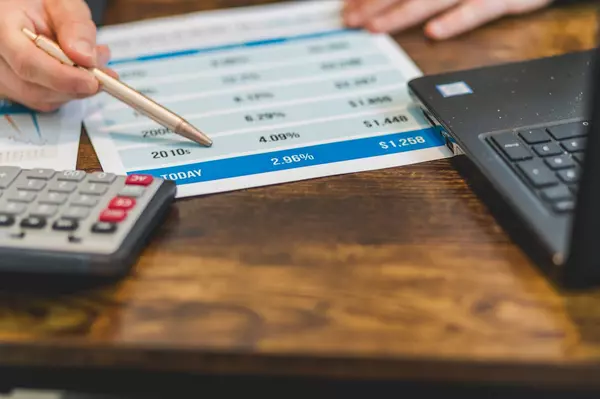



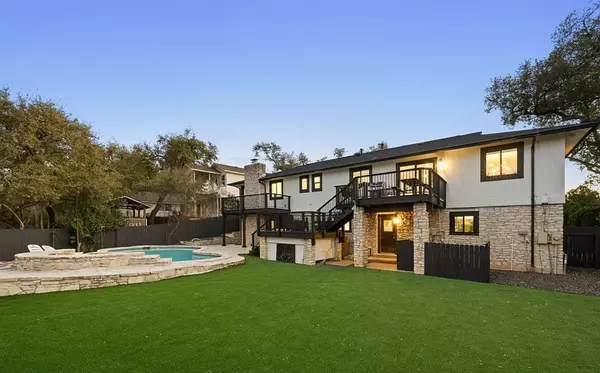
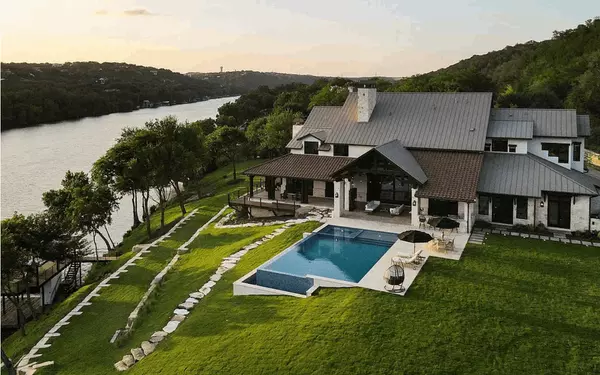
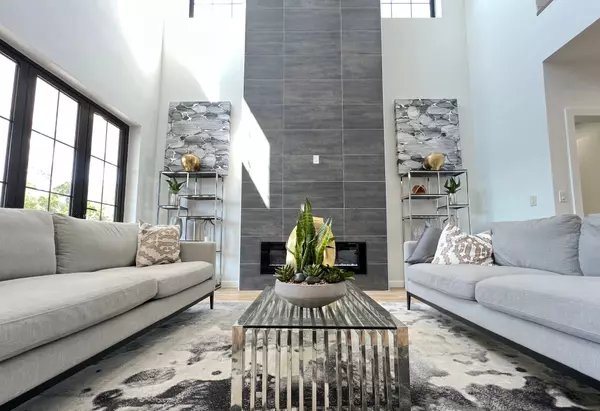
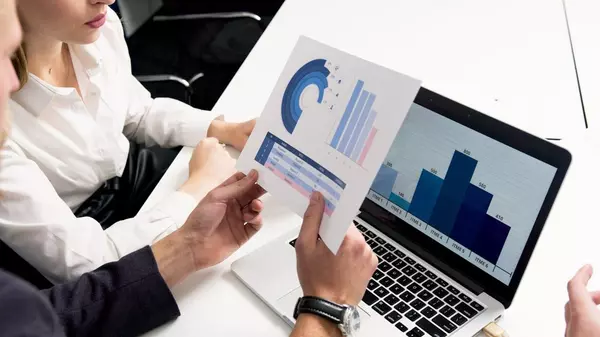


GET IN TOUCH

